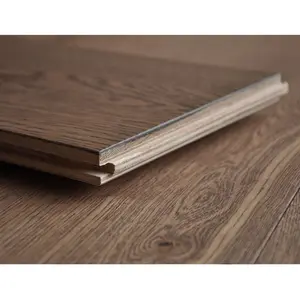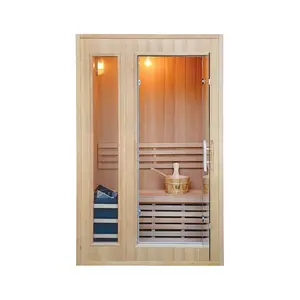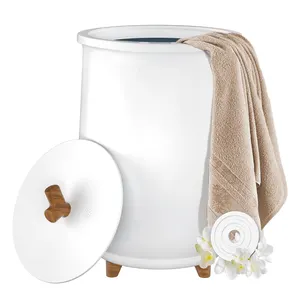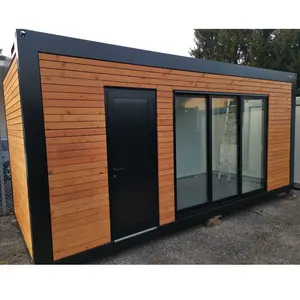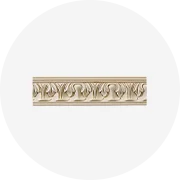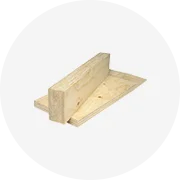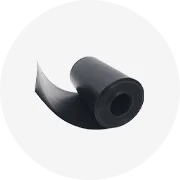Popular in your industry













Modern Glass Balcony Railings Glass Balustrade With Stainless Steel Handrail And Led Light
$78.00 - $86.00
Min. Order: 6 meters
0.0/5.0·0 reviews













External Style Frameless Glass Balustrade Toughened Laminated Glass Balustrade With Handrail
$71.00 - $77.00
Min. Order: 6 meters
0.0/5.0·0 reviews






Aluminum Glass Balcony Railings Frameless Glass Balustrade U Channel With Handrail
$57.00 - $63.00
Min. Order: 6 meters
0.0/5.0·0 reviews






BLVE Decorative Outdoor Hand Carved Natural Stone Granite Railing White Marble Balusters Handrail
$50.00 - $1,500.00
Min. Order: 2 square meters
4.9/5.0·9 reviews·"great job"





Hand carving natural white stone balcony baluster railing stair railing design marble stair handrail
$100.00 - $200.00
Min. Order: 1 piece
4.5/5.0·10 reviews·"Excellent service"




Outdoor Garden Wall Decoration Hand Carved Natural Beige Marble Railing Balusters Handrail
$65.00 - $399.00
Min. Order: 5 pieces
5.0/5.0·3 reviews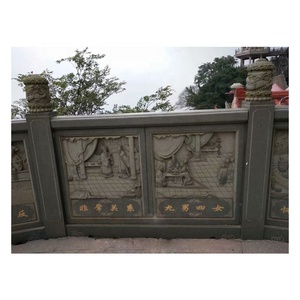





Stone Carving Stone Railing Fence Balcony Villa Outdoor Steps Flag Table Fence Handrail
$250.00 - $500.00
Min. Order: 1 set
5.0/5.0·2 reviews·"Superb service"





Villa Modern Design Hand Carved White Marble Balcony Railing Natural Stone Handrails And Balustrades Post Pillars For Sale
$50.00 - $100.00
Min. Order: 2 pieces
5.0/5.0·3 reviews





hot sale beautiful hand carved white stone baluster railing
$10.50
Min. Order: 2 sets
5.0/5.0·3 reviews·"Excellent service"Related Searches:
marble stone handrailsstone carving handrailwhite marble handrail designcarved stone bridge handrailsarts and crafts handrailsmarble handrailsmarble handrail decorativemarble handrails for bridgewhite house corner stoneparapet stone handrailchinese natural stone handrailnatural stone handrailcheap stone handrailgarden white stone handrailswhite marble stone handrail






QUYANG Decorative Hand Carving Granite Baluster Marble Balcony Railing Natural Stone Roman Round Pillar Handrail
$45.00 - $350.00
Min. Order: 5 square meters
1.6/5.0·1 reviews·"Excellent service"





White Carving Marble Stone Stair Garden Porch Balcony Handrails Railing Pillar Baluster
$82.00 - $120.00
Min. Order: 2 pieces
4.9/5.0·11 reviews·"quality service"











GUCI European Design Villa Decoration Carved Natural White Marble Stone Balustrade Handrail Balcony Railing
$16.68 - $20.37
Min. Order: 10 pieces
0.0/5.0·0 reviews



Natural Stone Carving Railing Fence Balcony Villa Steps Table Handrail
$500.00
Min. Order: 2 sets
0.0/5.0·0 reviews





Carving White Marble hand stair railing modern beautiful balcony railing stone design stair railing
$500.00 - $900.00
Min. Order: 2 pieces
5.0/5.0·1 reviews











Marble blacony balustrade stone handailing white marble roman balustrade Stair Handrails for Building
$150.00 - $850.00
Min. Order: 2 meters
4.8/5.0·2 reviews·"AWESOME service"











Outdoor Decorative Hand Carved Natural Stone Railing Marble Balusters Handrail
$500.00 - $1,200.00
Min. Order: 2 sets
4.7/5.0·36 reviews·"professional service"





Natural Stone Hand Carved White Marble Balustrade Stone fence for Balcony Or Stairs Ornament
$67.00 - $118.00
Min. Order: 50 square meters
4.9/5.0·10 reviews·"good service"





Spiral staircase stair ralling Natural Stone Marble Handrail,Marble Baluster,Carved Indoor White Marble Balustrade
$200.00 - $1,000.00
Min. Order: 100 meters
5.0/5.0·7 reviews·"Professional factory"





Hotel Indoor and Outdoor Stair Marble Baluster Railing Hand Carved Stone Marble Balustrade Graphic Design,3d Model Design
$25.00 - $45.00
Min. Order: 20 pieces
0.0/5.0·0 reviews











Custom Hand Made Antique Marble Balcony Railings And Handrails With Flowerpots
$15.00 - $50.00
Min. Order: 2 pieces
5.0/5.0·2 reviews











Wholesale Natural granite stone balcony balustrade handrail
$10.00 - $15.00
Min. Order: 1 meter
4.8/5.0·21 reviews·"good job"





Home Decoration Stone Carving Balcony Marble Balustrade
$200.00 - $500.00
Min. Order: 5 meters
0.0/5.0·0 reviews





factory direct price Staircase decoration Hand carved exquisite white marble limestone balustrade
$550.00 - $800.00
Min. Order: 2 meters
0.0/5.0·0 reviews·"customer service"





Natural Stone Balustrade Yellow Beige Sandstone Carved Stone Pillar
$99.99 - $199.99
Min. Order: 10 sets
5.0/5.0·17 reviews·"excellent job"





marble exterior granite balusters marble balustrading handrails stone balustrade
$8.00 - $20.00
Min. Order: 50 pieces
5.0/5.0·2 reviews·"fast service"





home decorative natural granite stone stair railings porch handrails balustrades
$280.00 - $880.00
Min. Order: 2 sets
0.0/5.0·0 reviews





Hand Carved garden outdoor decoration stone marble balustrade handrail
$900.00 - $1,900.00
Min. Order: 1 piece
5.0/5.0·2 reviews





BOTON Stone Factory Hotel Stair Marble Baluster Railing Hand Carved Stone Balustrade White Marble Handrail Stairs
$7.00 - $15.00
Min. Order: 50 square meters
4.9/5.0·36 reviews·"Fast Delivery"





Hand Carved Cheap Outdoor White Stone Balcony Railing
$100.00 - $2,000.00
Min. Order: 1 set
0.0/5.0·0 reviewsTop categories
About hand carved stone handrail
Alibaba.com brings to you a comprehensive selection of durable and decorative hand carved stone handrail for all types of decorative and functional purposes. These sturdy, trendy and beautiful hand carved stone handrail are used for all types of interiors as well as in outdoor locations such as gardens. Trusted suppliers and wholesalers offer these fantastic hand carved stone handrail at the most cost-effective prices and attractive deals.
Modern hand carved stone handrail are offered on the site, in several distinct designs. hand carved stone handrail are made from quality materials that guarantee long durability and performance over time. Materials used include pure aluminum, stainless steel, PVC and rigid glass. They are easy to maintain and not prone to damage. These hand carved stone handrail are designed to be easy to install. These products are equipped with good tensile compression and impact resistance qualities that make them a great fit for guardrails and fencing requirements.
Alibaba.com offers different varieties of hand carved stone handrail that are available in multifarious designs, colors, sizes and thicknesses. This ensures that there is something perfect for every requirement on the site. These hand carved stone handrail are equipped with many brilliant features such as anti-collision and additional LED lights. Some of the varieties available on the site include stair railings, porch railings and deck railings. These may be mounted to the floor or wall. hand carved stone handrail from the site are sure to elevate the style of the space in which they are used.
Alibaba.com offers marvelous hand carved stone handrail that meet your needs and budget. hand carved stone handrail suppliers and manufacturers are sure to want to purchase these for their future needs. Place bulk orders and spruce up the architecture of your space today.
Modern hand carved stone handrail are offered on the site, in several distinct designs. hand carved stone handrail are made from quality materials that guarantee long durability and performance over time. Materials used include pure aluminum, stainless steel, PVC and rigid glass. They are easy to maintain and not prone to damage. These hand carved stone handrail are designed to be easy to install. These products are equipped with good tensile compression and impact resistance qualities that make them a great fit for guardrails and fencing requirements.
Alibaba.com offers different varieties of hand carved stone handrail that are available in multifarious designs, colors, sizes and thicknesses. This ensures that there is something perfect for every requirement on the site. These hand carved stone handrail are equipped with many brilliant features such as anti-collision and additional LED lights. Some of the varieties available on the site include stair railings, porch railings and deck railings. These may be mounted to the floor or wall. hand carved stone handrail from the site are sure to elevate the style of the space in which they are used.
Alibaba.com offers marvelous hand carved stone handrail that meet your needs and budget. hand carved stone handrail suppliers and manufacturers are sure to want to purchase these for their future needs. Place bulk orders and spruce up the architecture of your space today.
